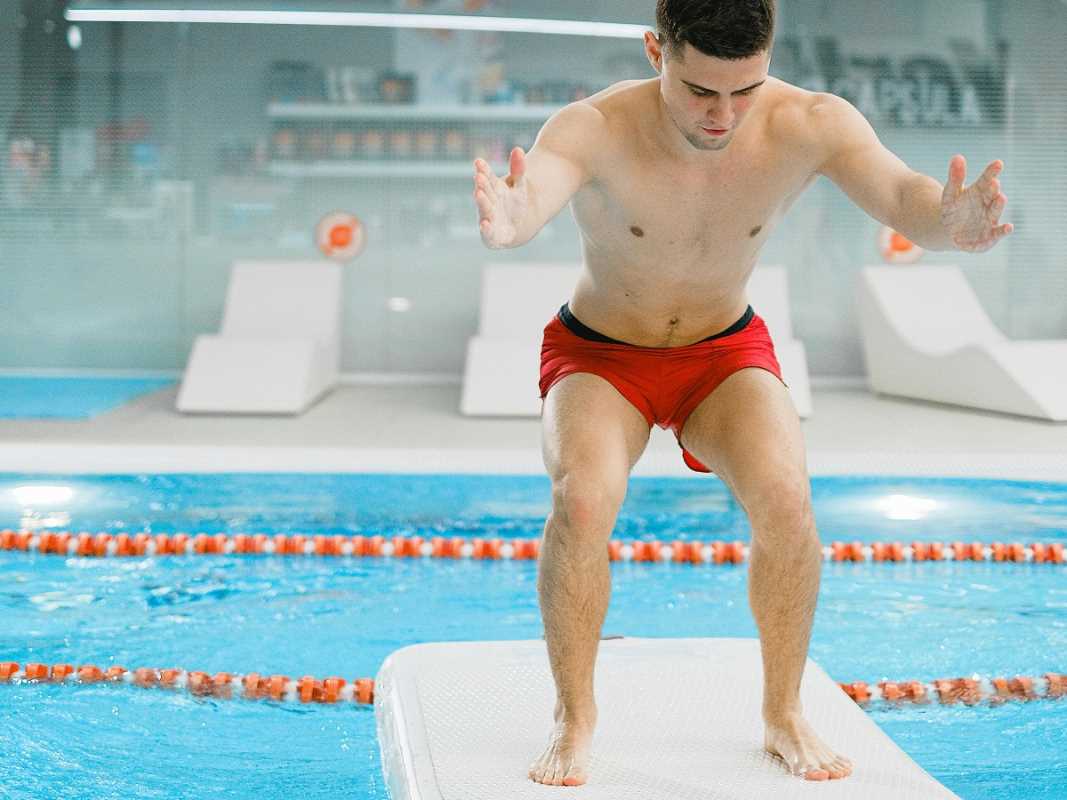Achieving a strong vertical leap in basketball can transform your game, providing not only the ability to reach higher but also a significant competitive advantage. When you aim to dunk with power, block shots effectively, or rule the rebounds, boosting your vertical jump becomes essential. For athletes who are passionate about performance and eager to push their skills to the next level, incorporating the appropriate plyometric exercises into your training routine is crucial. By focusing on these exercises, you can ensure that every jump on the court counts, allowing you to stand out and perform at your best.
Why Plyometrics?
Plyometric exercises involve explosive movements that target your fast-twitch muscle fibers, which are essential for increasing power and speed. These exercises allow athletes to develop the ability to generate force quickly, which is crucial for activities like jumping, sprinting, and changing direction rapidly on the court.
- Increased Explosive Power: Improve your ability to leap higher and move faster.
- Improved Agility: Boost your capability to change directions smoothly during the game.
- Enhanced Muscle Coordination: Build better synergy between muscles for more efficient movement.
- Injury Prevention: Strengthen muscles and joints to lower the risk of common basketball injuries.
Top 5 Plyometric Exercises
- Box Jumps: Stand in front of a sturdy box or platform. Jump onto the box, landing softly with both feet. Step down and repeat. This exercise targets your quads, glutes, and calves, improving your vertical leap.
- Depth Jumps: Start by standing on a box. Step off and, upon landing, immediately jump as high as possible. Depth jumps enhance reactive strength and explosive power.
- Bounding: Perform exaggerated running strides, focusing on height and distance with each leap. Bounding increases leg power and improves stride length.
- Lateral Jumps: Jump side to side over an imaginary or physical barrier. This exercise boosts lateral movement and balance, crucial for defensive plays.
- Single-Leg Hops: Hop forward on one leg, maintaining balance and control. Single-leg hops build unilateral strength and improve stability during jumps.
How to Incorporate Plyometrics into Your Routine
Integrating plyometric exercises into your training doesn't have to be complicated. Dedicate two to three sessions per week exclusively to plyometrics. Begin each session with a dynamic warm-up to prepare your muscles and joints.
Focus on quality over quantity. Perform each exercise with maximum effort while maintaining proper form to prevent injuries. Gradually increase the intensity and volume as your strength and explosiveness improve. Combining plyometrics with your regular strength and conditioning program will yield the best results.
Common Mistakes and How to Avoid Them
- Poor Landing Technique: Landing incorrectly can lead to injuries. Always focus on soft landings by bending your knees and absorbing the impact.
- Overtraining: Plyometrics are intense and taxing on the body. Ensure you take adequate rest days to allow for muscle recovery.
- Neglecting Warm-Ups: Skipping a proper warm-up can increase the risk of strains and sprains. Always start with dynamic stretches and light cardio.
- Using Inadequate Equipment: Performing exercises on unstable surfaces can compromise form. Use sturdy platforms and ensure your workout area is safe and free from obstacles.
Linking Plyometrics to Other Sports
Plyometric training isn’t exclusive to basketball. Athletes in sports like volleyball, track and field, and even tennis can gain significantly from these explosive exercises. For instance, boosting your vertical leap can give you an edge in volleyball spiking or blocking. In tennis, adding plyometric fusion drills can improve your agility and power on the court.
Expert Recommendations
Top basketball trainers highlight the importance of a well-rounded plyometric routine tailored to individual needs. According to experts, concentrating on exercises that mimic game movements can lead to more practical gains. Including a variety of plyometric exercises ensures balanced muscle development and lowers the risk of overuse injuries. Trainers also suggest monitoring your progress and adjusting your workouts to keep challenging your muscles effectively.
Plyometric exercises can greatly improve your vertical leap, enhancing your basketball performance. By adopting these exercises and tips, athletes can unlock their full potential and achieve superior performance.
.jpg) (Image via
(Image via





